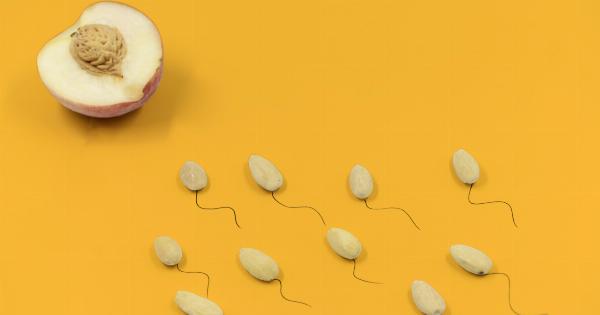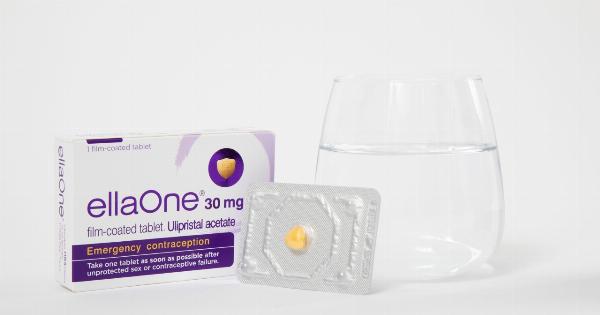One of the most common questions about fertility and conception is how long sperm can live inside the female body. Understanding the lifespan of sperm is crucial for those trying to conceive or looking to avoid pregnancy.
While it is well-known that sperm can stay alive for some time, there are several factors that can affect their survival. In this article, we will explore the lifespan of sperm inside the female body and the factors that can influence this duration.
The lifespan of sperm
On average, sperm can live inside the female reproductive system for about 3 to 5 days. However, the actual lifespan of sperm can vary depending on a variety of factors, including the conditions inside the female body and the timing of ovulation.
Factors affecting sperm survival
1. Ovulation: Sperm can survive longer when they are introduced into the body near the time of ovulation. Ovulation is the process in which a mature egg is released from the ovaries and becomes available for fertilization.
If ejaculation occurs before ovulation, the sperm may live inside the female body until the egg is released.
2. Quality of cervical mucus: The cervical mucus plays a vital role in aiding sperm survival and transportation. The texture and consistency of cervical mucus change throughout a woman’s menstrual cycle.
During the fertile window, which is just before and during ovulation, the cervical mucus becomes thin and slippery, creating an ideal environment for sperm to swim through and survive.
3. Sperm quality: The health and quality of sperm also play a significant role in how long they can survive inside the female body. Sperm with good motility and morphology have a higher chance of surviving longer and reaching the egg for fertilization.
4. Use of contraceptive methods: Various contraceptive methods aim to prevent pregnancy by either stopping sperm from reaching the egg or creating an unfavorable environment for sperm survival.
For example, hormonal contraceptives can alter the cervical mucus, making it difficult for sperm to swim through and survive.
5. Health and lifestyle factors: The general health and lifestyle choices of both partners can also impact sperm survival.
Factors such as smoking, excessive alcohol consumption, and certain medical conditions can affect the quality and lifespan of sperm.
Fertilization and conception
In order for pregnancy to occur, sperm must successfully fertilize an egg. This typically happens in the fallopian tubes, where the sperm can survive for a few days.
Once fertilized, the egg travels to the uterus and implants itself into the uterine lining, leading to the development of a pregnancy.
Timing intercourse for conception
Understanding the lifespan of sperm can be helpful when trying to conceive. For couples who are actively trying to get pregnant, timing intercourse around the ovulation period can increase the chances of fertilization.
Since sperm can live for up to 5 days, having intercourse a few days before ovulation and on the day of ovulation can maximize the likelihood of sperm being present and viable when the egg is released.
Tracking ovulation using various methods such as charting basal body temperature, monitoring changes in cervical mucus, or using ovulation predictor kits can help pinpoint the most fertile days for conception.
Conclusion
Sperm can live inside the female body for an average of 3 to 5 days, but the actual lifespan can vary depending on various factors.
Understanding how long sperm can survive and the factors affecting their survival is important for those trying to conceive or avoid pregnancy. Tracking ovulation and timing intercourse accordingly can greatly increase the chances of successful fertilization and conception.




























